Education
10 Famous Things In Punjab You Must Try At least Once
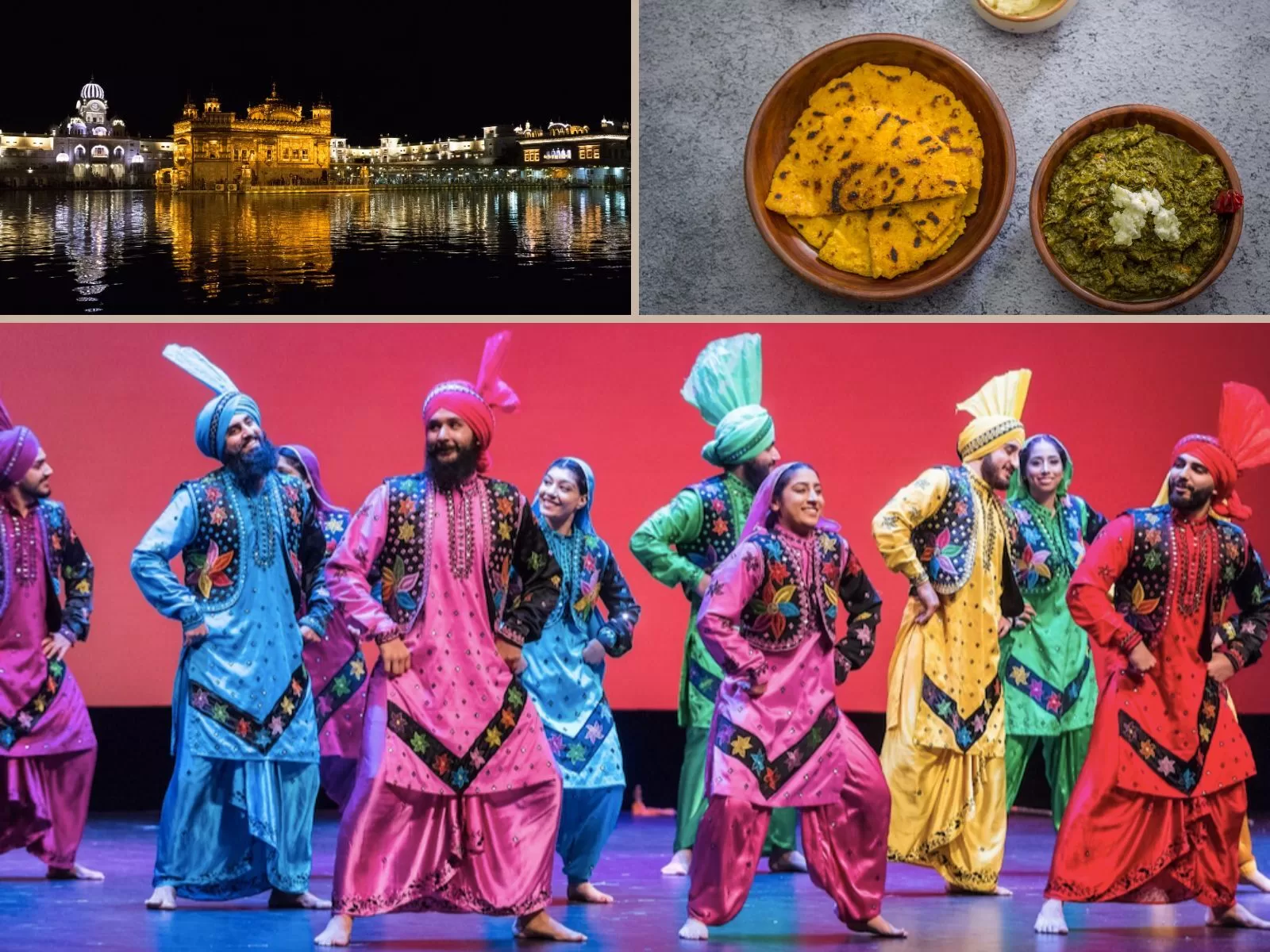
Punjab – a state which is famous for its rich culture and traditions. Nothing can be compared to its simplicity, authentic culinary delights, traditions, and cultures. In fact, there are many famous things in Punjab that can be a delight for you.
In this blog post, we’ll delve into all those important and popular things that are considered valuable in the culture of Punjab. From tasty food to colorful festivals, from rich history to traditional values, the land of five rivers holds abundance when it comes to uniqueness and simplicity.
1. Culinary Delights
When it comes to food, words are not enough to describe the taste of the amazing food of Punjab. Whether you talk about the basic Lassi, Sarson Ka Saag, Amritsari Kulcha, or Parantha Makhan, the blend of rich flavors and aromas is remarkable.
The region is renowned for its hearty and robust dishes that have found admirers from all corners of the world. There is a plethora of food that will refresh your taste buds when you try Punjabi cuisine.
Here are some of the most popular foods of the Punjab region.
- Malai Lassi
- Sarson Ka Saag and Makki Ki Roti
- Parantha with White Makhan (Butter)
- Chole Bhature
- Amritsari Kulcha
- Dal Makhani
- Punjabi Pakoda Kadhi
- Cheese Nann with Gravy
- Paneer Tikka
- Pinni
- Shakkar Para
- Rajma Chawal

The main non-veg delights of this state are Butter Chicken and Amritsari Fish. These two are very popular in the state. Other than this, the Karah Prashad made from whole wheat flour, is also a very popular sweet dish in Punjab. The locals of the state also love to add pickles of Gajar, Shalgam, and Gobhi with the food to increase the taste.
All the above culinary designs taste unique and will leave you craving for more. These are not only different in taste but showcase the diversity in the culinary delights of Punjab and can be counted as one of the famous things in Punjab.
2. Folk Dance – Bhangra and Giddha
The music and dance of Punjab are equally captivating if we talk about the popular things in Punjab. These two dance forms hold breathtaking and exhilarating moves and entertain people.
Bhangra and Giddha are two dance forms that are very entertaining and people love to watch this dance form. Mainly both these dances of Punjab are different and are performed separately by men and women.
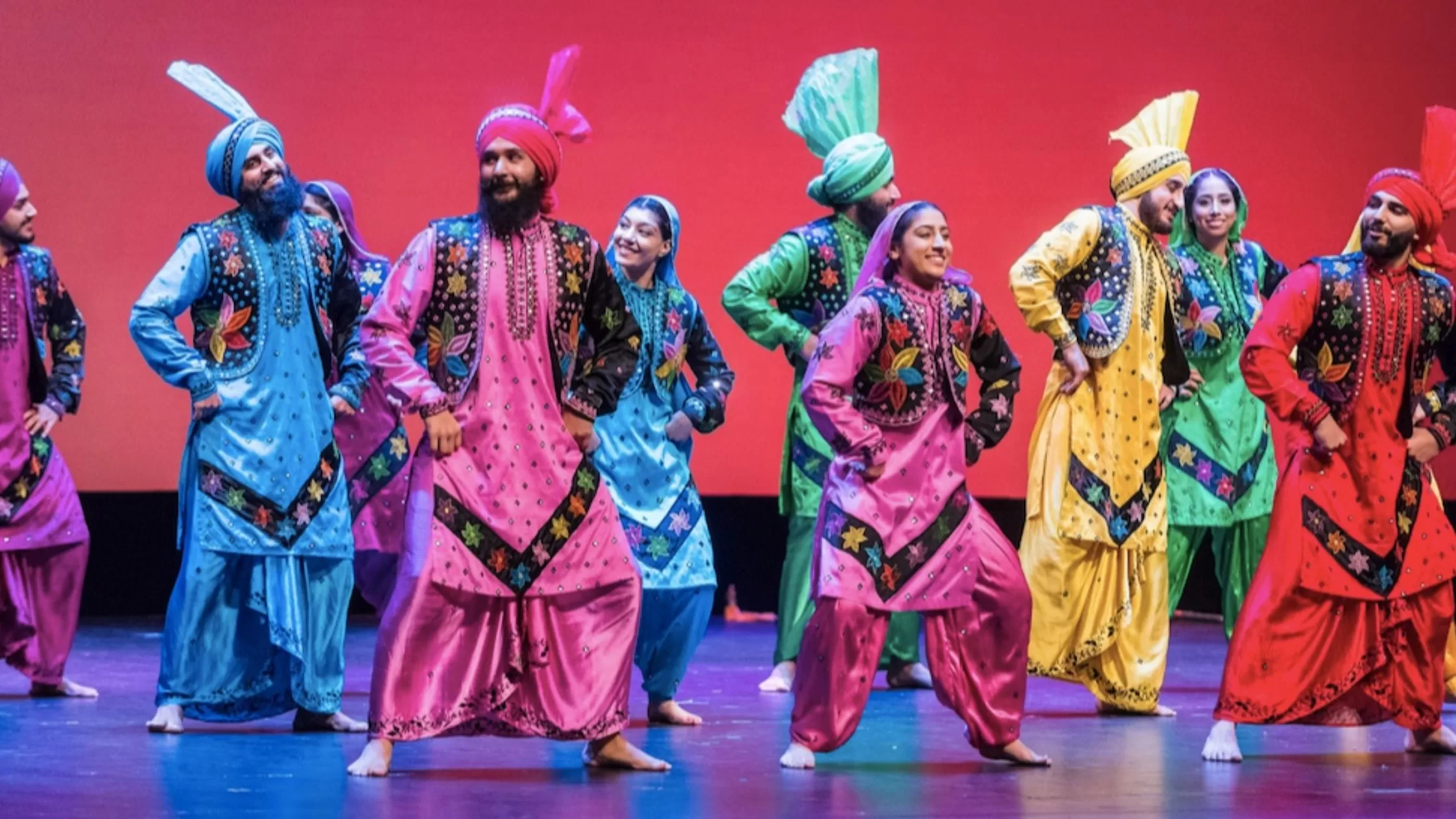
Image by Supreet Malhi
Earlier, Bhangra was only performed by men but with time the additions to the dance form attracted women to enjoy this dance form. However, Giddha is only performed by a group of women.
These folk dances, especially Bhangra are high-energy dances and are characterized by their rhythmic beats, sturdy movements, and colorful attires. However, Giddha includes rhythmic claps, intriguing stories, and vibrant expressions.
The folk dances of Punjab have received immense recognition worldwide and are often seen at celebratory events worldwide.
3. Sikh Heritage
Punjab holds immense significance in the Sikh faith, as it is the birthplace of Sikhism. The holiest Shrine of Sikhism, Sri Harmandir Sahib, or The Golden Temple, is located in Amritsar and its glistening structure is surrounded by the holy water body, which is also called “Amrit Sarowar.”
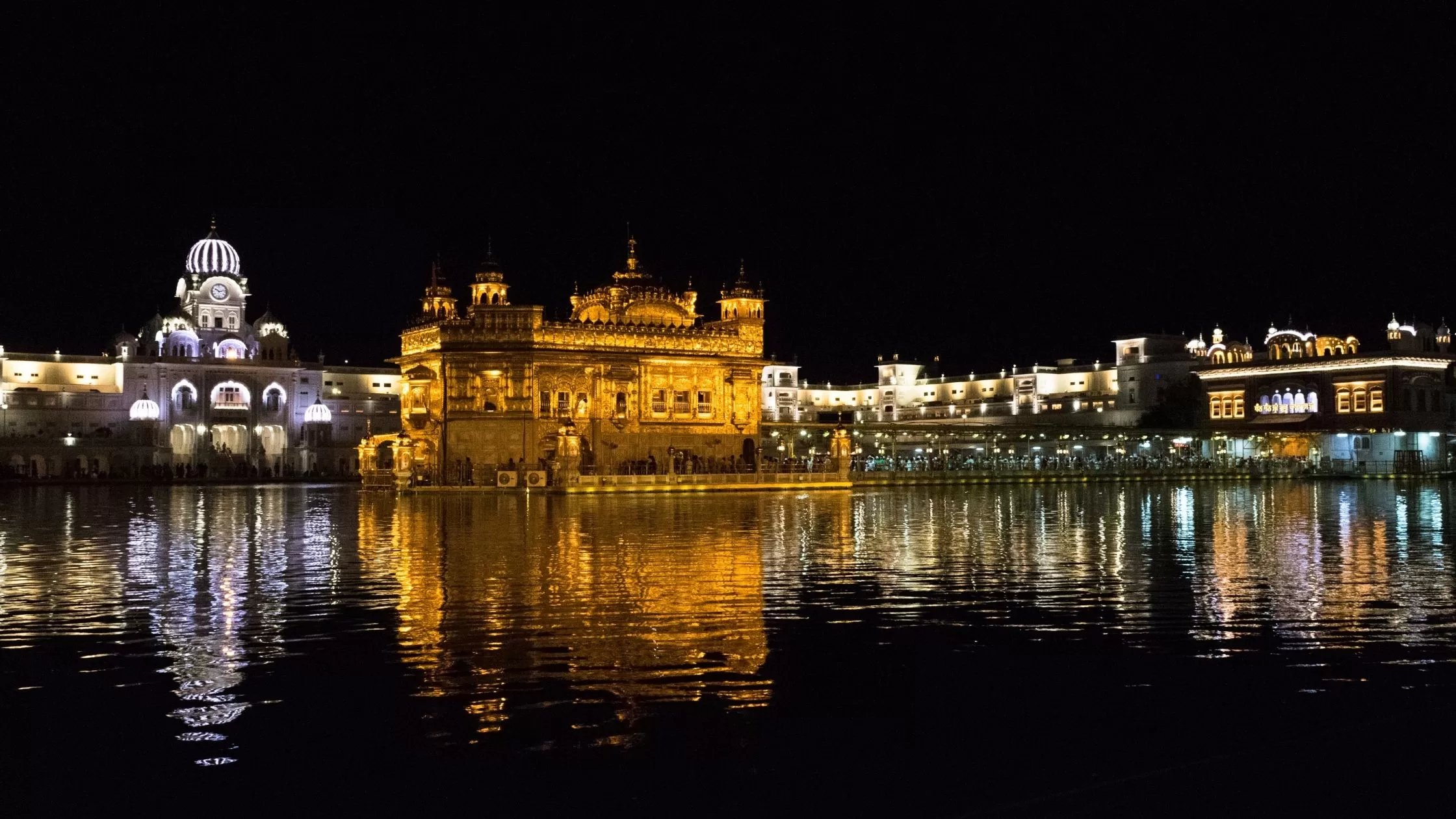
This famous Sikh Heritage attracts millions of pilgrims and tourists every year. This heritage holds Shri Guru Granth Sahib Ji who holds the teaching of the first Guru, Shri Guru Nanak Dev Ji – the first Guru and the founder of Sikhism.
This heritage emphasizes equality, compassion, and selfless service, which have left an indelible mark on the world.
4. Vibrant Attires – Phulkari and Punjabi Jutti
Other than Sikh Heritage, food, and cultural dances, another important thing on the list of famous things in Punjab is the vibrant and colorful attires of the region. Women here love to wear suits with Phulkari chunni and Punjabi Jutti.

The intricate and colorful art of “Phulkari” embroidery is a cultural hallmark of Punjab. This traditional form of handcrafted embroidery features vibrant threadwork on textiles, often depicting nature-inspired motifs.
Similarly, the “Punjabi Jutti” is a traditional footwear that is known for its colorful and elaborate designs. This footwear has now become a style statement not only in the state of Punjab but also beyond the boundaries of the region.
5. Historical Landmarks
Punjab is a land of diversity and holds historical and cultural importance. There are certain landmarks in the region. One such landmark is the popular “Qila Mubarak” located in Patiala. This fort is majestic and represents stunning architecture.
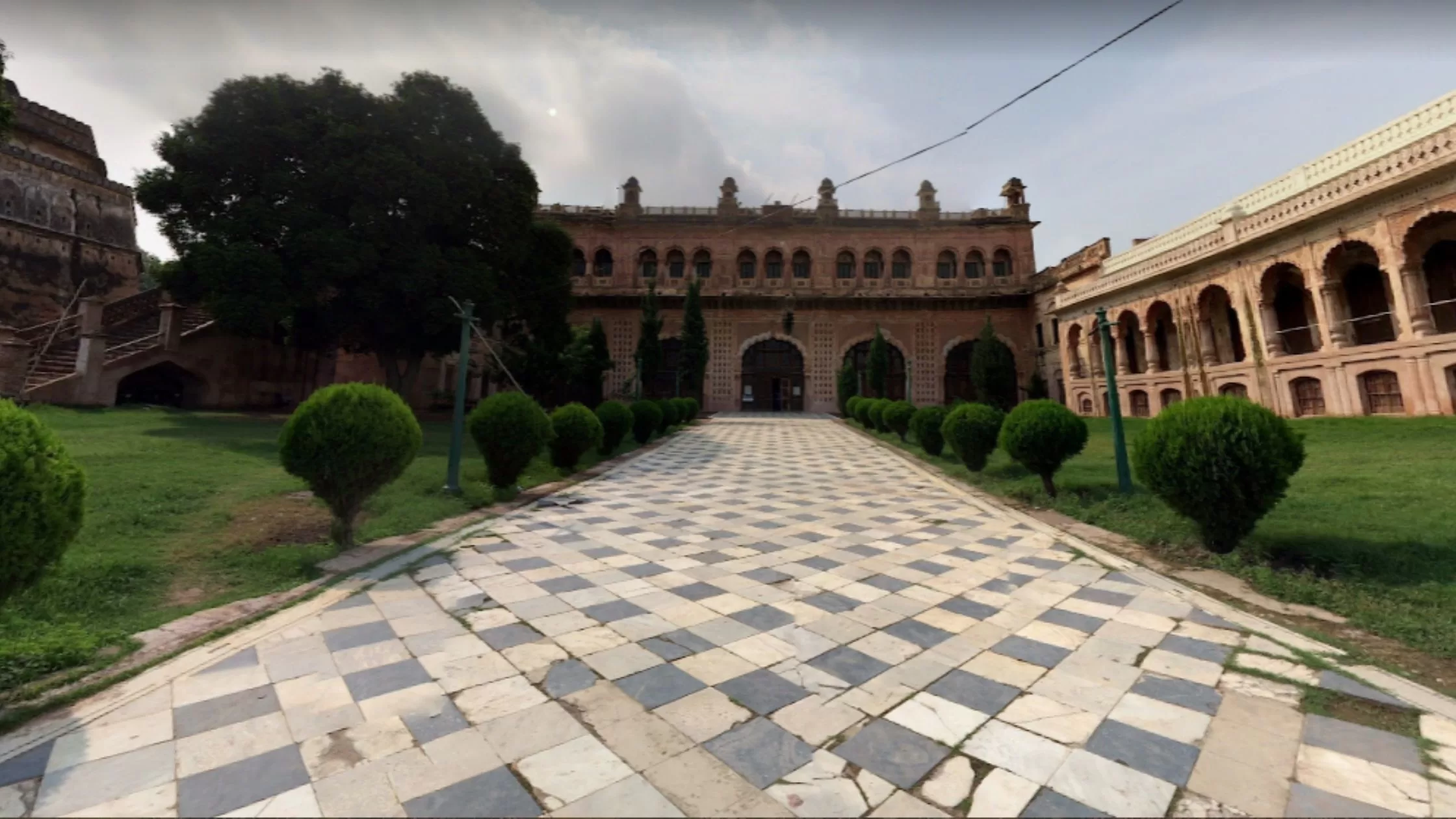
Image by Joe Scarangella
Another important historical landmark of Punjab is “Jallianwala Bagh,” which witnessed the cruelty of the 1919 massacre in Amritsar. This Bagh is a constant reminder of the tragic history of Punjab. In Amritsar, The Golden Temple, which is also the Sikh Heritage, is an important historical landmark.
There are also many museums in Punjab such as the Maharaja Ranjit Singh War Museum, Virast-E- Khalsa, etc. You can also visit the Gobindgarh Fort in Amritsar. There are plenty of places to visit in Punjab that have historical significance and are famous in Punjab.
6. Festivals and Celebrations
The festival spirit of Punjab is contagious. Whether it is Lohri, Basant Panchmi, Bhai Dooj, Hola Mohalla, etc., each festival is celebrated with great warmth and happiness.
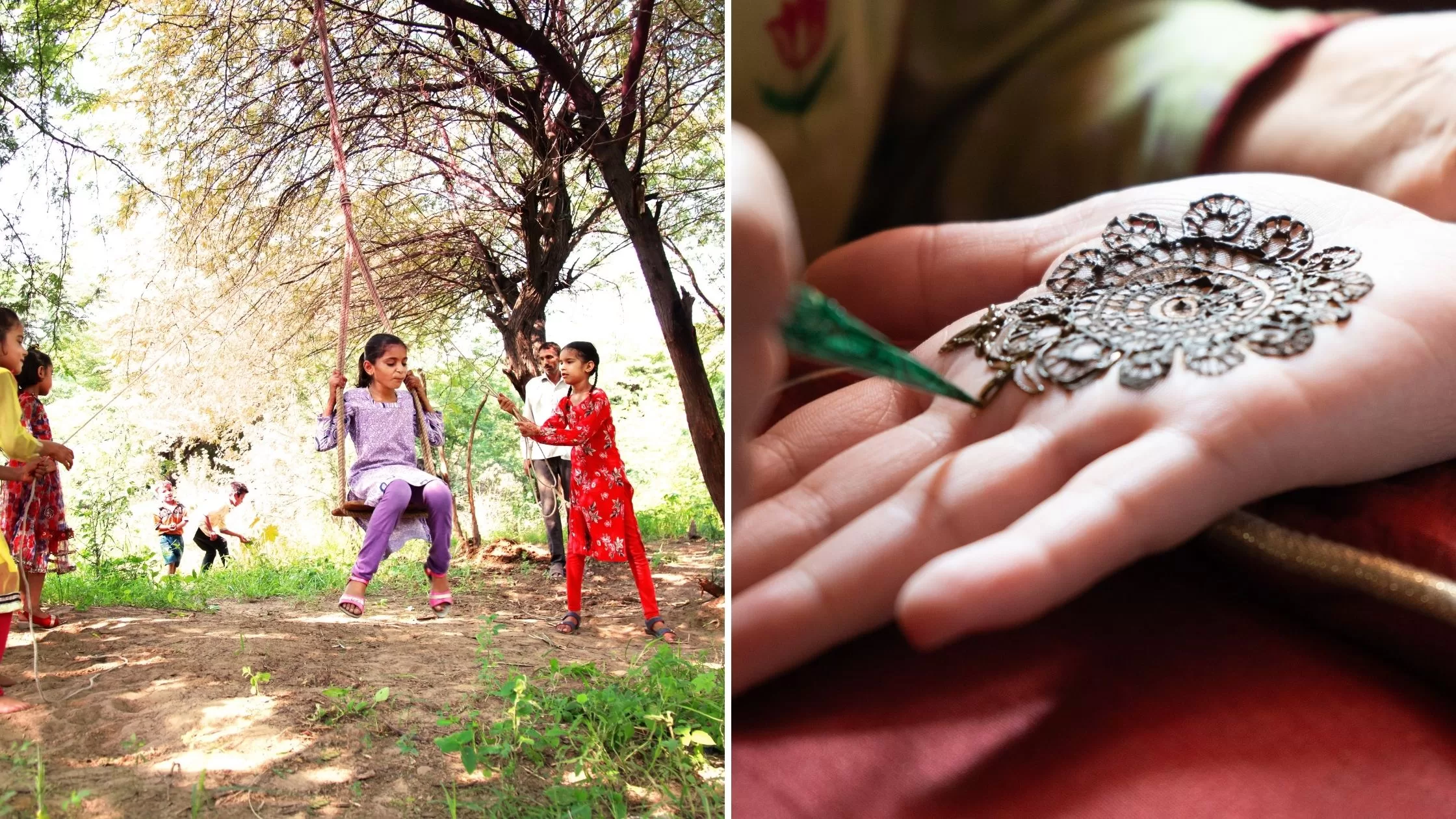
One of the most vibrant festivals in Punjab is “Teej.” This celebration is very lively as women here dance together and do Giddha and enjoy the adventure of swings. Everything is beautifully decorated at this festival and women love to get ready and enjoy this festival by eating good delicacies and dancing.
Another celebration that you can witness or I can say is very popular is Basant Panchmi. At this festival, people like to fly kites. There is always a kite flying event and people from every household of Punjab love this festival.
Also, there are festivals like Lohri where everyone just gather around the bonfire and dance and enjoy. Other than these, there are several festivities that are enjoyed by the people of Punjab.
7. Literature and Arts
Punjab has a rich literature boasting poets like Amrita Pritam and Waris Shah. There are many amazing literary works of Punjab that interest millions of literature lovers.
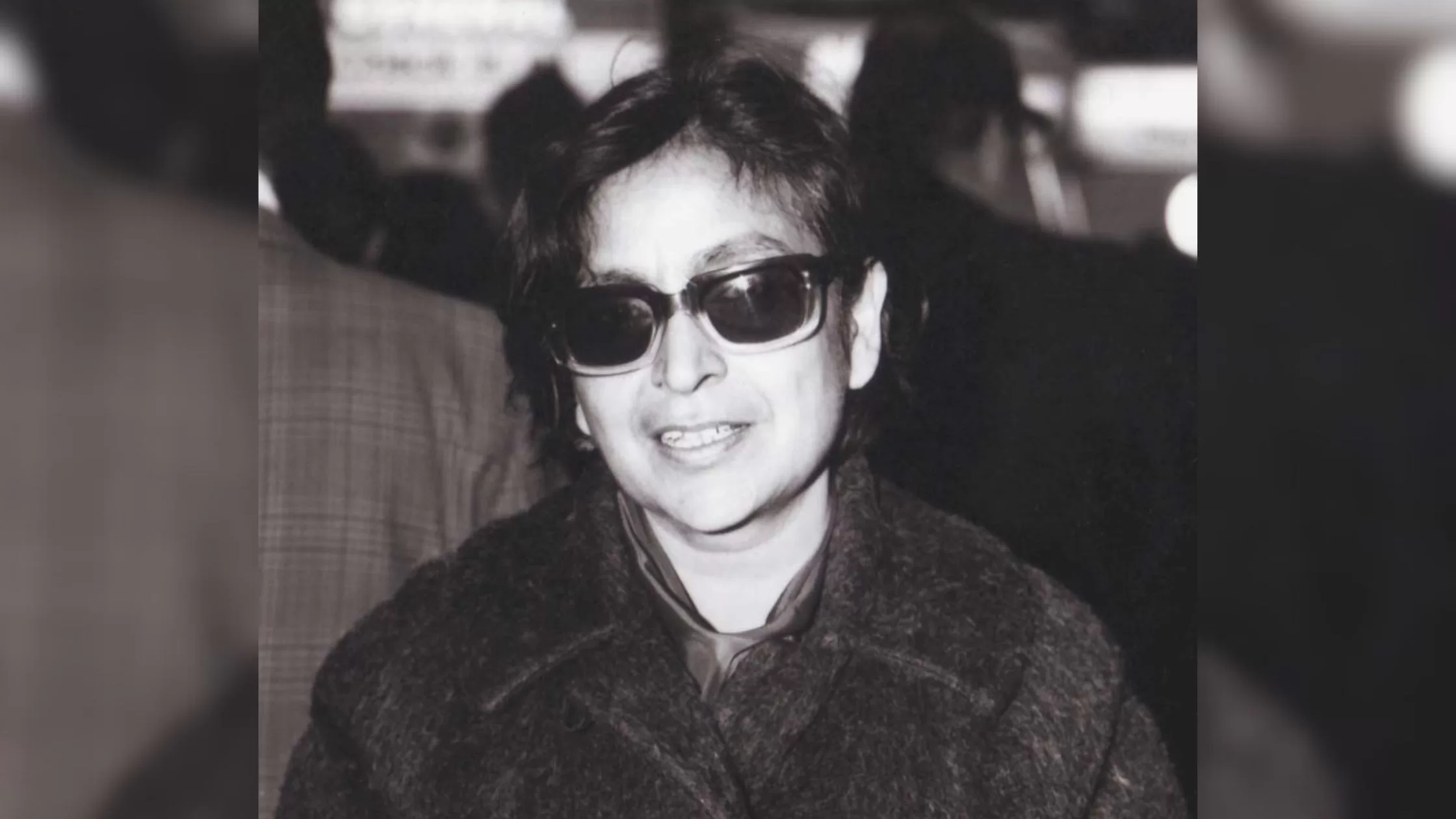
Image by Amarjit Chandan
The works of many amazing writers of Punjab have left an indelible mark on Punjabi literature. Whether you are reading Warish Shah, Shiv Kumar Batalvi, Amrita Pritam, or Bulleh Shah, you can find several unforgettable names that have been raised from the land of Punjab. The state’s tradition of arts, crafts, and literature adds to its cultural splendor.
8. The Kabaddi Connection
There are several sports that have been played in Punjab, but the most popular sport here is Kabaddi. This sport has a special connection here with the people as it is the traditional sport of the region and has now gained international recognition.

Image by Wasielgallery
The sport is deeply rooted in the land of Punjab and showcases strength, agility, and strength. The sport’s connection with the land makes it one of the most famous things in Punjab. Moreover, the Kabbadi World Cup tournaments also helped to gain popularity worldwide.
9. Industrial and Agricultural Hub
Punjab is often referred to as the “Granary of India” due to its significant agricultural output. The fertile land and advanced agricultural practices of the state also help to feed the nation.
This is one of the major reasons which makes this state a popular one. Moreover, the industrial sector of Punjab is also very robust which makes it a substantially contributing state in India’s economy.
10. Folk Music
When it comes to the folk music of Punjab, you can forget many things. Punjab’s folk music is one of the famous aspects of the state. Folk songs of Punjab usually consist of famous romantic tales.
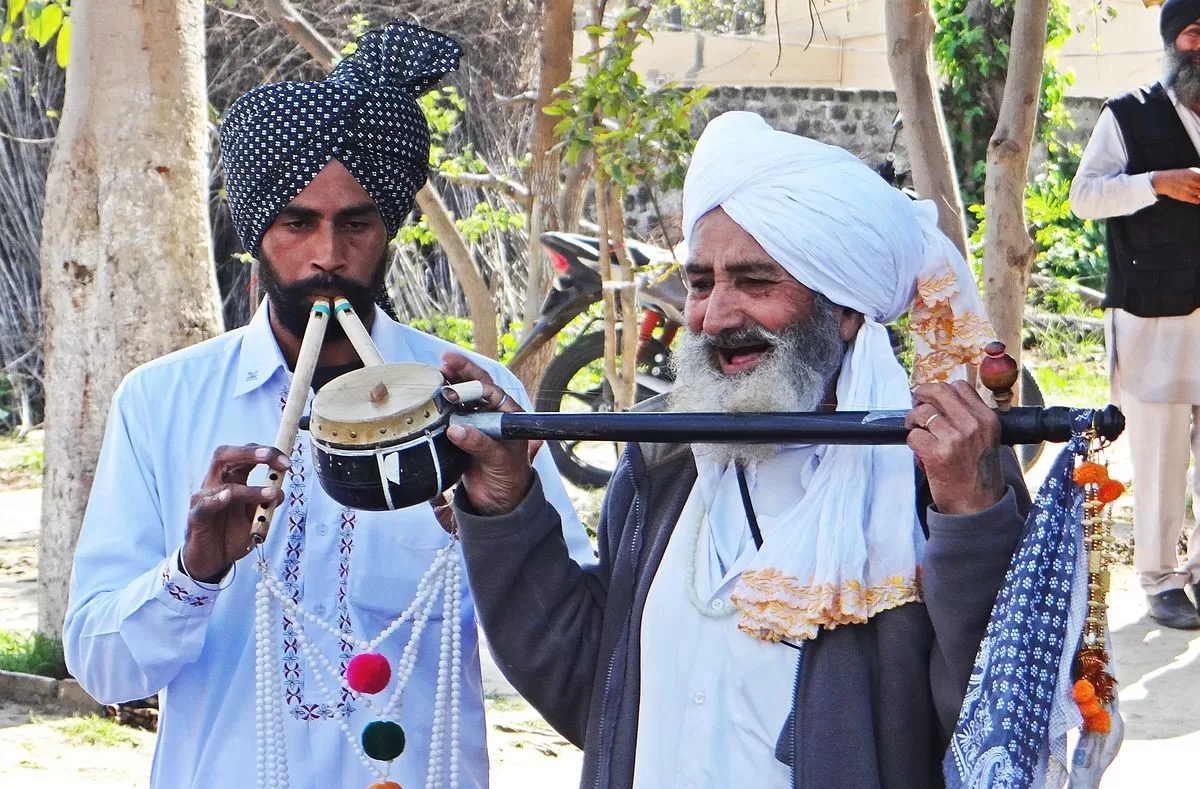
Image by Ravideep1971
Whether it is about Heer Ranjha, Sassi Punnun, Sohni Mahiwal, or Sahiban Mirza, the musical tales are very easily accessible in the region. Other famous forms of folk music include Jugni, Jindua, Tappe, Mahia, Bolian, Sadda, Jhokan, Dohre, and Kafian.
All these forms of music show the culture and valor of Punjab. In fact, this one fact out of all the famous things in Punjab has also gained worldwide popularity.
The Bottom Line
Punjab’s fame has been extended far beyond its boundaries. Its cuisine, music, dance, religious heritage, art, and history collectively paint a fascinating picture that has captivated people from all over the world.
The rich tapestry of the region is a testament to its enduring spirit and the historical landmarks show the long-lasting effect of these monuments on the world. There are a plethora of famous things in Punjab that can be enjoyed from various corners around the globe.
Education
Ludhiana: Guest Faculty Finally Receive 10-Month Salary Arrears
In Ludhiana, a big win for guest faculty members happened recently.
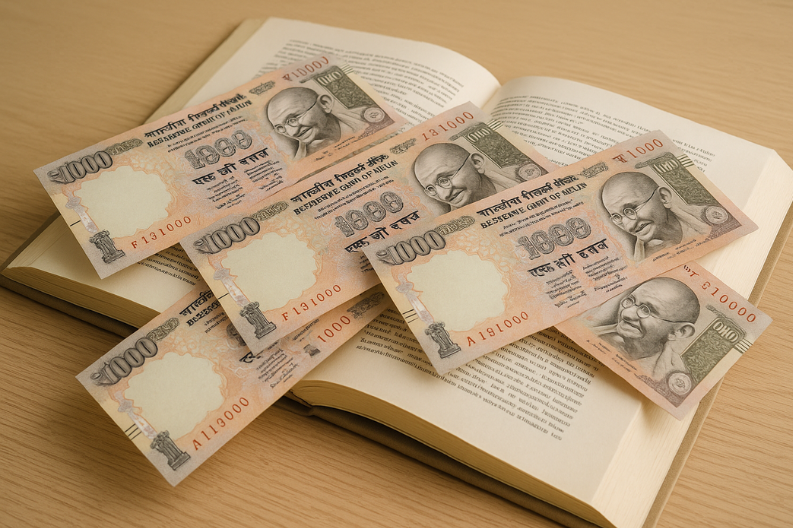
A major relief arrived in Ludhiana after the guest faculty finally receive 10-month salary arrears, bringing joy to hundreds of teachers who had waited almost a year for their pending payments. The Guest Faculty Assistant Professors United Front celebrated this moment and appreciated the government for responding with care and speed.
Leaders of the United Front: Ravinder Singh Mansa, Gursev Singh Patiala, Paramjit Singh, and Muhammad Tanveer, thanked Higher Education Minister Harjot Singh Bains for his quick action. They said his involvement played a key role in clearing the long-pending salaries, which had caused stress for many teachers.
Guest faculty members have supported Punjab’s education system for more than twenty years. They teach in government colleges across the state and continue to guide thousands of students every year. Because of their long contribution, many believe they deserve stronger recognition and fair job security.
In 2022, the Aam Aadmi Party government increased the honorarium for guest professors. This move showed that the state understands its needs and values its service. However, when the government hired permanent professors later, new administrative steps caused delays. As a result, salaries in 25 colleges got stuck, leaving many guest faculty members under financial pressure.
Fortunately, coordinated efforts between the principal secretary and the director of higher education helped end this problem. They removed procedural hurdles and ensured payments finally reached teachers. The United Front also praised the director of higher education for honest and steady leadership during this difficult period.
Teachers across Punjab shared how delays affected their daily lives. Many said they continued teaching with dedication despite financial hardship. Ravinder Singh urged the government to regularize guest faculty services so teachers who served for decades can gain stable positions. He explained that permanent jobs would reflect the true value of their contribution to higher education.
Guest faculty members have shaped the academic journey of countless students. Because of their constant support, many colleges have been able to run smoothly even during staff shortages. Giving them job security would not only help teachers but also improve student learning.
Better treatment of educators leads to better education for everyone. When teachers feel supported, they can focus fully on teaching, guiding, and inspiring young minds. Moreover, regular pay and stable employment help create stronger academic environments.
In conclusion, clearing the pending salary dues marks a positive step for Punjab’s education sector. It shows that the government is willing to listen and respond to teachers’ concerns. Many hope this progress continues, offering more recognition and long-term support, especially after the guest faculty finally receive 10-month salary arrears.
Daily News
What Is an AI Bubble? A Deep, Clear Explanation
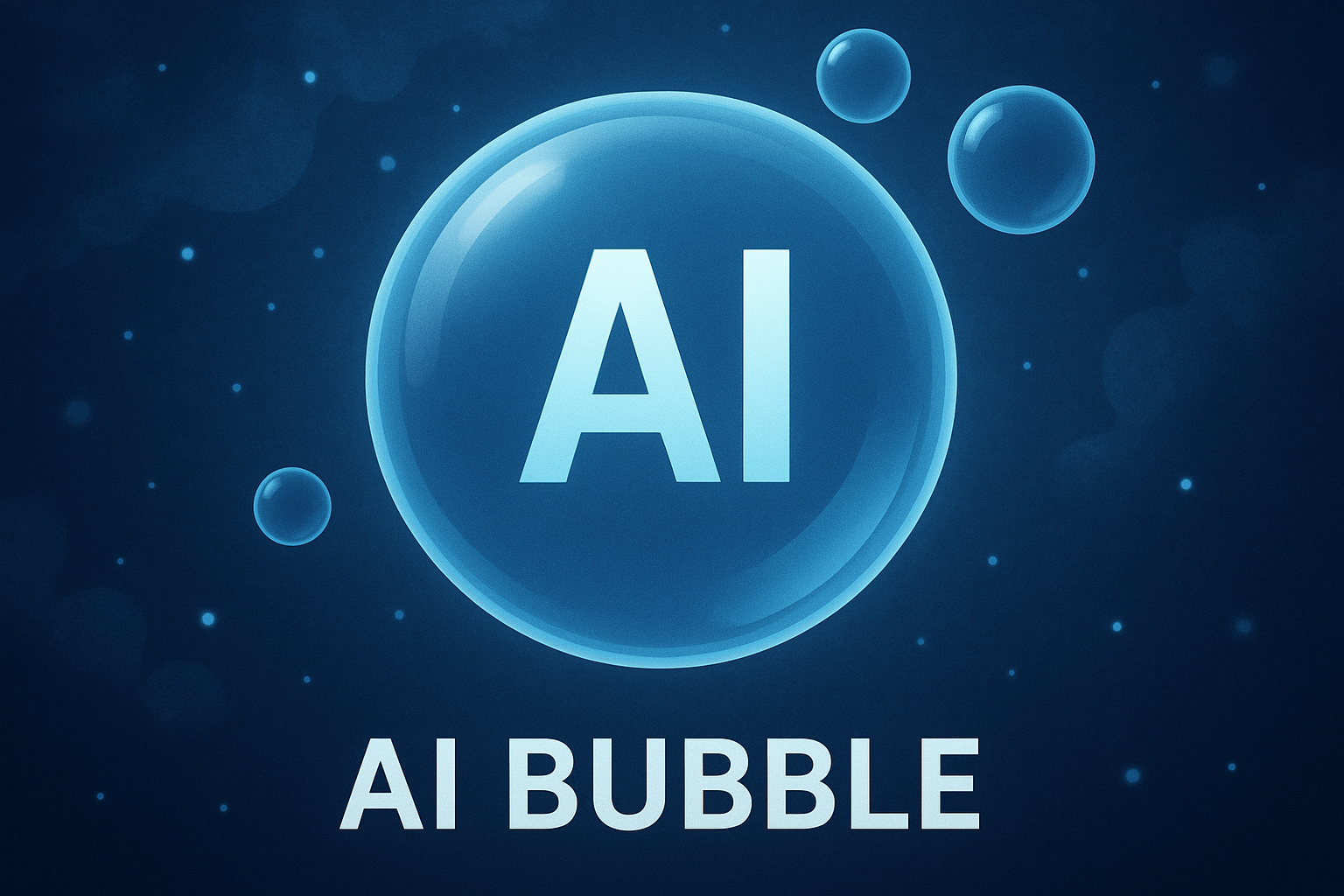
Artificial Intelligence (AI) has transformed from a futuristic dream into a booming global industry. Trillion-dollar valuations, skyrocketing chip demand, and rapidly expanding data centers have convinced many that AI will change the world. And in many ways, it will. But beneath the excitement, the rapid pace of investment and financial engineering has raised an important question: Are we living through an AI Bubble?
Just like the dot-com era of 1999 or the US housing bubble of 2008, an “AI Bubble” refers to a dramatic rise in valuations, investments, and expectations-far beyond what real-world fundamentals justify. When these expectations eventually confront reality, the bubble risks bursting.
This article explains what an AI bubble is, how it forms, why it matters, and how investors and industries should view it.
1. Understanding the Core Idea of a Bubble
A “bubble” is an economic condition where asset prices rise sharply because of hype, momentum, and optimism-rather than actual performance and revenue.
In the context of AI:
- Companies are investing heavily in computing power and data centers.
- Investors are pouring money into AI startups at record valuations.
- Tech giants are spending tens of billions on chips, servers, and software.
- Everyone assumes that AI will soon generate massive profits.
A bubble forms when expectations grow much faster than actual, sustainable earnings.
In other words:
A bubble is created when we assume infinite growth based on finite evidence.
2. Why AI Is Attracting Trillions of Dollars
Before calling it a bubble, we must understand why this technology attracts so much money.
AI promises:
- Faster automation
- Better productivity
- New business models
- Breakthroughs in medicine, education, finance, robotics, and more
- Massive time and cost savings for enterprises
Global companies do not want to miss out on a technological shift that could determine the next generation of winners in the economy.
There’s nothing wrong with this. Innovation requires investment.
The issue begins when these investments turn speculative, detached from realistic outcomes.
3. What Creates an AI Bubble?
a. Exponential Investment vs. Slow Monetization
AI models (LLMs, diffusion models, robotics brains) need:
- Immense GPU power
- Large data centers
- Cheap electricity
- High-bandwidth networking
- Engineering teams
- Safety teams
- Product teams
Yet, despite billions spent, AI revenue is still small. Except for a few giants like Google and Microsoft, most companies haven’t found a profitable business model.
If expenses rise faster than revenue, valuations can become artificially inflated.
b. Circular Financing
In a healthy economy, money flows like this:
Investor → Company → Revenue → Profit
But in bubbles, the flow becomes circular:
Investor → Company A → Company B → Company A
Example pattern:
Company A invests in Company B → Company B uses the funds to buy Company A’s products → Company A’s revenue goes up → valuation goes up → investors put more money.
It creates an illusion of demand-when in reality, the cash keeps cycling inside the same loop.
c. Hidden Debt and Financial Engineering
Some companies don’t want to show massive AI-related debt on their balance sheets. So they create:
- SPVs (Special Purpose Vehicles)
- Leasing structures
- Off-balance-sheet borrowing
- Vendor financing arrangements
This makes their main company appear financially healthy, even when huge risks are quietly accumulating elsewhere.
This is similar to the 2008 housing bubble, where mortgage risks were hidden inside complex derivatives.
d. GPU and Data Center Mania
An AI model isn’t just software-it lives inside expensive data centers packed with GPUs. The cost of building these facilities has exploded.
But here is the issue:
- GPUs depreciate quickly
- New generations release faster than before
- The hardware becomes obsolete
- Data center rental rates fluctuate
- Electricity and cooling costs rise
- AI demand is not guaranteed
If the business model does not justify massive capex, the investment becomes risky.
4. Fake Demand and Overreaction to Geopolitics
AI chips also became expensive because geopolitics created artificial scarcity. Restrictions on selling high-end chips to countries like China created a “shortage premium.” Companies started hoarding chips, not because they needed them immediately, but out of fear of missing out.
This artificial demand can collapse quickly once supply stabilizes.
5. AI Hype Across Non-Tech Industries
In the dot-com era, every company rushed to add “.com” to their name.
Today, something similar is happening:
- AI toothbrush
- AI washing machine
- AI refrigerator
- AI hair dryer
- AI fan
- AI cooker
- AI helmet
- AI vacuum cleaner
Most of these “AI-enabled” products do not provide any meaningful intelligence. But companies do this to attract investor money and media attention.
When hype becomes a strategy, a bubble is already forming.
6. Historical Parallels: How Bubbles Usually Work
Dot-Com Bubble (2000):
- Companies grew without revenue
- IPOs doubled on listing day
- “Internet will change everything”
- But most firms had no profits
- Bubble burst when investors demanded real cashflows
Housing Bubble (2008):
- Excessive borrowing
- Hidden risks
- Overconfidence that prices will always rise
- Collapse triggered a global recession
AI Bubble Today:
- Massive capex
- Hidden debt
- Unrealistic expectations
- Companies using AI tag for hype
- Concern that revenue may not catch up soon
7. Is AI Itself a Bubble? Absolutely Not.
Artificial intelligence is real. It is transformative, and it’s here to stay.
But the financial ecosystem around AI may be inflated.
The internet survived the 2000 crash.
Housing still exists after 2008.
But the companies built on unrealistic promises disappeared.
Similarly, AI will remain essential for the next 50+ years-but many AI businesses may not survive the financial correction.
8. When Can an AI Bubble Burst?
Predicting exact timing is impossible.
But bubbles usually burst when:
- interest rates rise
- profitability lags
- capital becomes expensive
- debt accumulates
- growth expectations fail
- competitive pressure increases
- investors look for safer opportunities
If companies cannot turn today’s multi-billion-dollar investments into sustainable revenues, correction becomes inevitable.
9. What Happens If the AI Bubble Bursts?
Short-term impact:
- Stock market correction
- Valuations of AI startups collapse
- GPU and data center prices drop
- Over-leveraged firms face bankruptcy
- Investors lose money on speculative bets
- Hiring slows across tech sectors
Long-term positive impact:
- Weak, overhyped companies disappear
- Strong products survive
- Innovation becomes more disciplined
- Infrastructure becomes cheaper
- AI becomes more accessible
- Industry stabilizes
- Real business models mature
Bubbles clean the ecosystem and leave behind only what truly works.
10. Will AI Still Grow After a Bubble? Yes-Even Faster.
A bubble does not destroy technology. It only destroys bad investments.
After the dot-com crash, the internet entered its golden period.
>After the crypto crashes, blockchain matured and became more regulated.
>After solar energy crashes, renewable companies finally became profitable.
AI will follow the same pattern:
Temporary hype → Bubble → Correction → Sustainable long-term growth
Final Thoughts
An AI Bubble forms when optimism outpaces logic, financial engineering hides risk, and everyone assumes growth will continue forever. But AI itself is not the bubble. The bubble is the money, debt, valuation, and expectation built around the technology.
AI will change the world. But the journey may include a financial reset-one that separates hype from real innovation.
True revolutions don’t collapse after a bubble.
They only get stronger.
Education
Ladakh is Becoming a Knowledge Hub of the Himalayas, Says LG Kavinder Gupta
On November 2, 2023, Lieutenant Governor Kavinder Gupta spoke at a special event in Mohali.
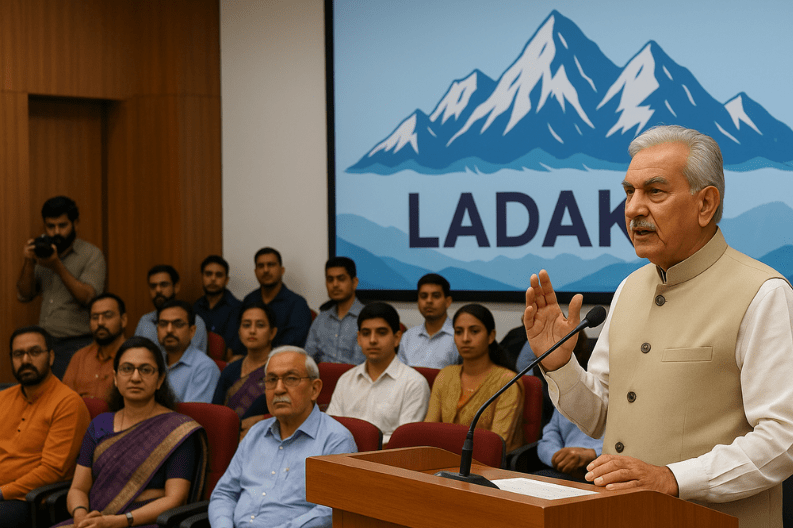
On November 2, 2023, Lieutenant Governor Kavinder Gupta addressed a large gathering in Mohali during the closing ceremony of the 5th Edition of the Shiksha Mahakumbh Abhiyan 2025 at the National Institute of Pharmaceutical Education and Research (NIPER). The event brought together teachers, researchers, and students from across India to discuss how education can shape the nation’s future. The theme, “From Classroom to Society – Building a Healthier World through Education,” perfectly matched the idea that Ladakh is becoming a knowledge hub of the Himalayas.
During his speech, Gupta spoke about India’s proud tradition of learning and self-reliance. He said, “Our rulers may have been enslaved, but the soul of Bharat never accepted subjugation.” His words reminded the audience that knowledge has always been India’s strength, even during difficult times.
He praised Prime Minister Narendra Modi’s leadership in advancing education through the National Education Policy (NEP 2020). Gupta emphasized that India’s education system is now moving beyond textbooks. “Under the Prime Minister’s leadership, India’s education system has evolved to include technology, skills, and values,” he said. According to him, this approach creates responsible citizens who can serve the country’s development.
Gupta also acknowledged Vidya Bharati’s role in promoting discipline, cultural awareness, and national pride among students. “Education must not only enlighten the mind but also awaken the moral conscience of the nation,” he said. He encouraged teachers to help students connect classroom lessons to real-life community goals.
He discussed how education has strengthened social unity in Jammu & Kashmir and Ladakh. “There was a time when misguided voices tried to divide people, but now education has united them,” Gupta said. He added that learning has replaced fear with hope and inspired youth to aim higher.
Speaking about Ladakh’s achievements, Gupta highlighted that the region has made remarkable progress in literacy. “Inspired by Prime Minister Modi’s vision of Viksit Bharat 2047, Ladakh has made education the center of its growth model,” he said. The Union Territory is now a Fully Functionally Literate Region under the ULLAS (New India Literacy Programme) with a literacy rate of 97%, far above the national average.
The establishment of the University of Ladakh has been a game-changer. It has become a center for innovation and cross-cultural learning. Additionally, more than 150 Smart Classrooms and 171 ICT Labs have been set up to improve digital education in schools. The construction of 36 PM SHRI Schools will soon add modern facilities to further raise educational standards.
Before the closing ceremony, Prof. (Dr.) Thakur S.K.R, Director of DHE, presented a detailed report summarizing discussions and future plans for the Shiksha Mahakumbh. Many teachers and students were honored for their excellence in education. Dilaram Chauhan, General Secretary of Vidya Bharati (North Zone), delivered a keynote address emphasizing the importance of collaboration between schools and society.
Bal Kishan, Joint Organising Secretary of Vidya Bharati, North Zone, described the event as “a living example of cooperation between schools, universities, and communities.” This partnership shows how unity in education can lead to national progress.
The activities and ideas shared during the Shiksha Mahakumbh show a firm commitment to transforming education in the Himalayan region. They highlight how a focus on learning can build a peaceful, inclusive, and strong society.
With steady development and visionary leadership, Ladakh is becoming a knowledge hub of the Himalayas. The region’s success reflects India’s growing emphasis on education, innovation, and values that will guide the next generation toward a brighter future.
-

 Entertainment2 years ago
Entertainment2 years agoTop 15 Punjabi Models – Male and Female List
-

 City Guide2 years ago
City Guide2 years ago3B2 Mohali Market Shops: Discover 44 Hidden Gems
-

 Entertainment2 years ago
Entertainment2 years agoTop 11 Punjabi Comedians of All Time
-

 Jobs4 years ago
Jobs4 years agoTop 20 IT Companies in Mohali
-
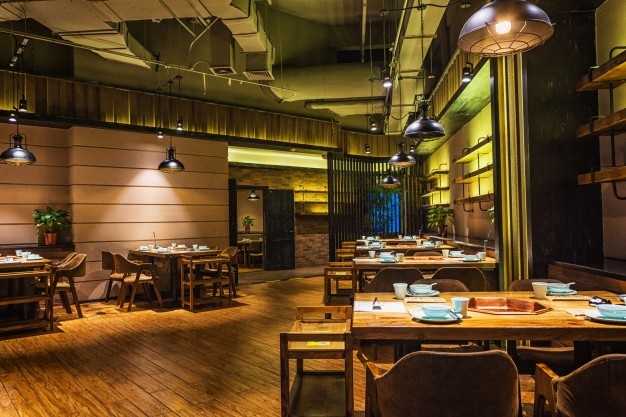
 Food4 years ago
Food4 years ago11 Best Restaurants in Mohali You Must Visit
-

 Property2 years ago
Property2 years agoWho Lives In Homeland Mohali: Punjabi Celebrities, Business People…
-

 Food3 years ago
Food3 years agoTop 15 Cafes in Mohali you must visit
-

 Education2 years ago
Education2 years ago10 Famous Punjabi Writers With A Great Impact On The Literary World
